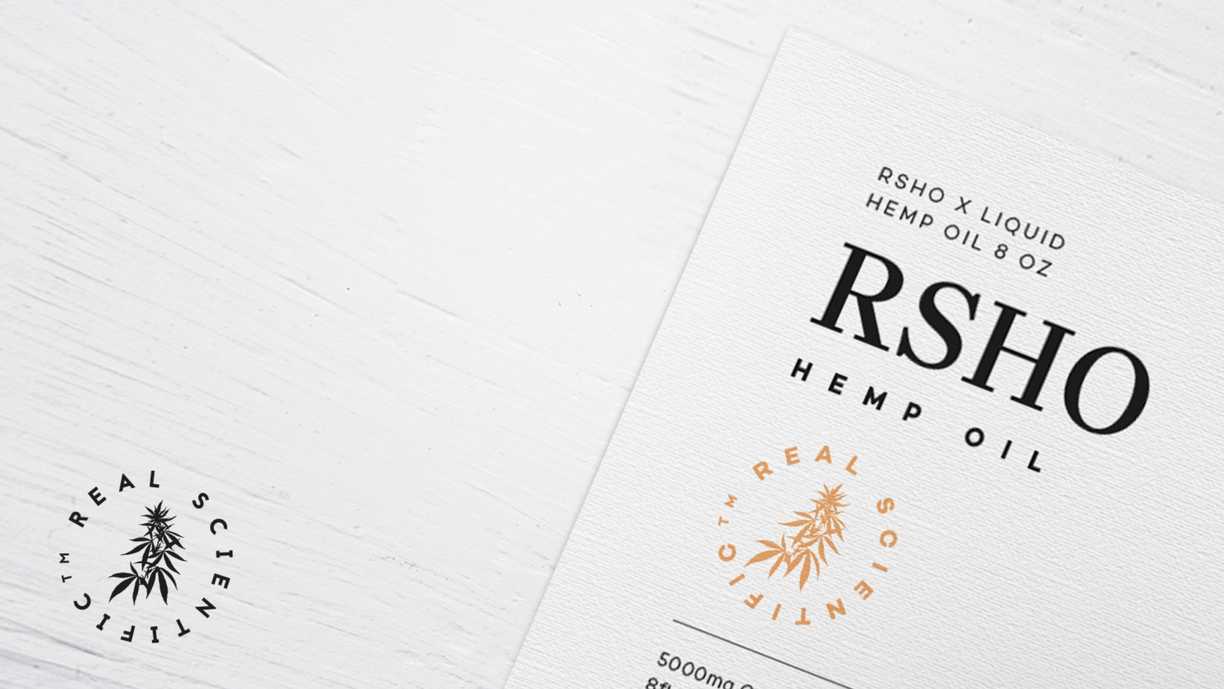Crafting Effective Labels for the Medical Industry

Designing labels for the medical industry is a unique challenge that blends creativity with stringent regulatory requirements. These labels are not just about aesthetics; they need to communicate crucial information clearly and concisely while adhering to industry standards. Whether you’re designing for pharmaceuticals, medical devices, or health supplements, understanding the intricacies of medical label design is essential.
We had the privilege of working on label designs for the American brand HempMeds during their early stages. Our designs helped establish their brand in the competitive medical cannabis market. You can see the outcomes of our work in our portfolio.
1. Understanding Regulatory Compliance
One of the foremost challenges in medical label design is meeting regulatory compliance. Different regions have specific regulations governing what information must be included on medical labels and how it should be presented. This includes:
- FDA Guidelines: In the United States, the Food and Drug Administration (FDA) has strict rules for labeling medical products. This includes requirements for content, font size, and placement of information.
- European Medicines Agency (EMA): In Europe, the EMA sets similar guidelines that must be followed for product approval and distribution.
- Other Regional Regulations: Each country may have its own set of rules, so it’s crucial to be aware of the local regulatory landscape.
Compliance is not just about avoiding penalties; it’s also about ensuring patient safety and trust. Labels must be clear, accurate, and informative, providing all necessary details such as dosage instructions, ingredients, warnings, and manufacturer information.
2. Prioritizing Clarity and Legibility
In the medical field, clarity and legibility are paramount. The information on the label needs to be easily readable, even in low-light conditions or by individuals with impaired vision. Here are some tips to ensure clarity:
- Font Choice: Use simple, sans-serif fonts that are easy to read. Avoid decorative fonts that can be hard to decipher.
- Font Size: Ensure that the text is large enough to be read without strain. This is especially important for critical information like dosage instructions and warnings.
- Color Contrast: Use high-contrast color combinations to make text stand out against the background. This improves readability and accessibility.
3. Designing for User Experience
Good design enhances the user experience, making it easier for users to find and understand the information they need. This is particularly crucial in the medical industry, where mistakes can have serious consequences. Consider the following elements:
- Hierarchical Layout: Organize information in a logical hierarchy, with the most important details (like drug name and dosage) prominently displayed.
- Visual Cues: Use visual elements like icons or bold headers to guide the user’s eye and highlight key sections of the label.
- Space Management: Avoid clutter. Leave sufficient white space to prevent the label from looking crowded, which can overwhelm the user.
4. Durability and Material Selection
Medical labels need to withstand various conditions without degrading. This includes exposure to moisture, chemicals, and varying temperatures. When selecting materials, consider:
- Waterproof and Chemical-Resistant Materials: These are essential for products that may be exposed to harsh environments or handling.
- Permanent Adhesives: Ensure that labels stay securely attached to the product throughout its lifespan, even in challenging conditions.
- Tamper-Evident Features: For pharmaceuticals and sensitive products, incorporating tamper-evident elements can enhance security and consumer trust.
5. Branding and Aesthetics
While compliance and functionality are crucial, branding and aesthetics also play a significant role. A well-designed label can reinforce brand identity and appeal to consumers. Here’s how to balance aesthetics with practical needs:
- Consistent Branding: Incorporate your brand’s colors, logos, and design elements consistently across all products. This creates a cohesive brand image and helps build recognition.
- Professional Design: Use clean, professional designs that convey trust and reliability. Avoid overly flashy or distracting elements.
6. Testing and Iteration
Finally, thorough testing and iteration are key to ensuring that your label design meets all requirements and performs well in real-world conditions. This includes:
- User Testing: Get feedback from actual users to ensure that the label is easy to understand and use.
- Environmental Testing: Test the durability of the label under various conditions to ensure it remains legible and intact.
- Regulatory Review: Have your label reviewed by regulatory experts to ensure it complies with all applicable standards.
Designing labels for the medical industry is a complex process that requires careful attention to detail and a deep understanding of regulatory requirements and user needs. By prioritizing clarity, compliance, and user experience, you can create labels that not only meet legal standards but also enhance patient safety and brand trust.
If you’re embarking on a label design project and need expert guidance, our team is here to help. Contact us to learn more about how we can assist you.
